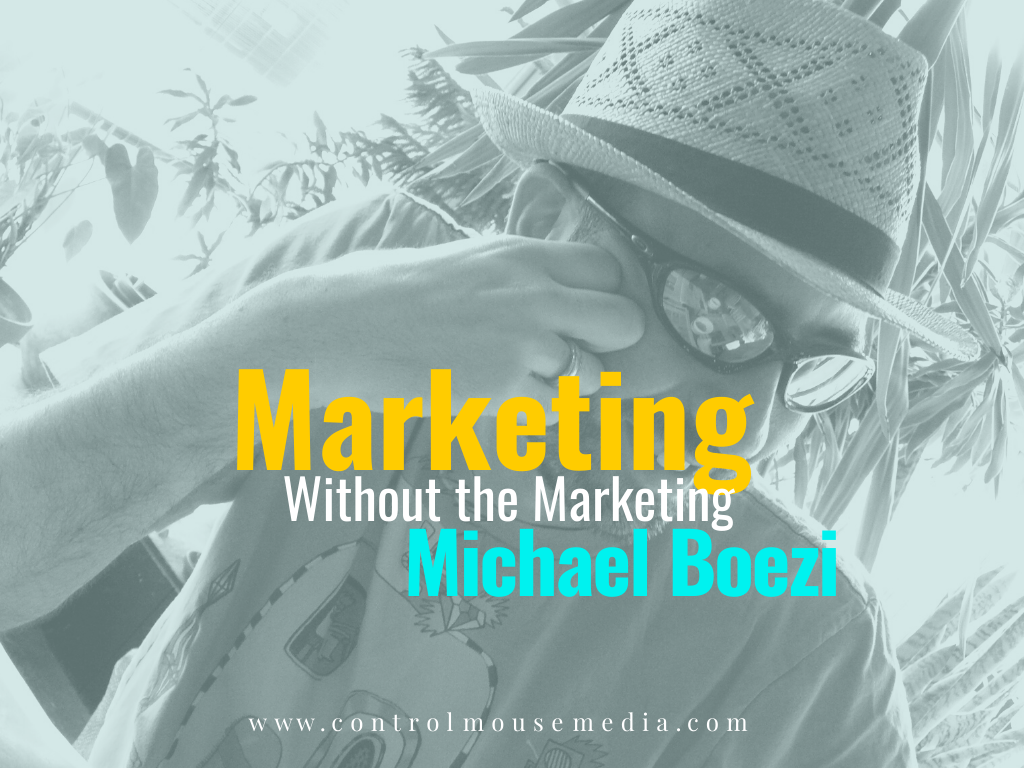Social media marketing is all about direct engagement with an audience. It functions best when brands treat it as a bi-directional discussion, making prospects and customers alike feel like they are a part of a conversation. When it’s working, it builds trust little by little until a prospect becomes a customer, or a customer becomes an advocate.
There’s mounting evidence that businesses are seeing a behavioral shift of sorts. In a report from The Economist Intelligence Unit, not only do marketers see a direct impact on revenue, but a “full 78% of marketers” observe engagement in the form of “sales and repeat sales” happening “in the middle or later stages of the classic funnel.”
That says to me that 1) customers are more empowered now, and 2) brands need to be at the ready because conversion can happen at any time now. While that’s great news, it also poses a challenge for marketing teams. After all, how can you be everywhere at all times? Monitoring every single channel?
One way to approach this is to minimize and just stick to the tried-and-true. The major players are still the major players. Peter Brooks at the International Institute of IT Economics reports that Facebook, Twitter, and LinkedIn still dominate in the business world. The percentage of businesses who use each are 95%, 87%, and 69%, respectively. If you were to just stick to the Big 3, you might not get a ton of upside, but you’d probably be just fine. But what if you want to do more than just baseline?
Four Strategies for Channel Selection
Let’s get strategic about this. You want to maximize your impact and minimize your inputs. Running a really effective social media strategy comes down to 4 primary actions.
1. Hand Over the Biggest Decision
As I said, the customer has a lot more power now. Use this to your advantage. Let your audience make the decision for you. Every audience is different—and wherever they convene is where you need to be. In charting out your social channel strategy, this is the single biggest consideration, hands down. Building a community is difficult work, and you don’t want extra friction trying to drag your audience over to the platform of your choice. They get to choose—those are the rules.
2. Assess Your Brand Competencies
The second biggest consideration is: What type of content can you produce? As I often say, good content is the oxygen of a content strategy. So what are you good at? Do you have writers on staff? Graphic designers? What can you do to 1) produce excellent content and 2) not have it be a huge burden on the organization? Do an honest assessment, and hire some help if you don’t have enough bandwidth or the right talent in the organization.
3. Treat It Like an Experiment
Based on what you know about your audience, start with a hypothesis about where they might be. For instance, it’s commonly expected that B2B brands will be on LinkedIn. B2C on Facebook or Instagram. But your audience may not adhere to those rules. Just because Facebook is the largest social network doesn’t mean that it will be your best channel. Working from a content strategy, start to introduce stimuli into the market. Measure everything. Adjust and iterate as needed until you start to see enough evidence that it’s working.
4. Seek to Eliminate Channels to Maximize Efficiency
Your goal should be to get really efficient. A huge factor in your social media marketing ROI is the time spent. A recent report by Social Media Examiner found that “64% of marketers are using social media for 6 hours or more and 37% for 11 or more hours weekly.” That may be perfectly in line with your business goals—but you want to get the most out of each hour spent. One way to do that is to actually eliminate certain channels. If you’ve run your experiments and determined that your audience is not responsive on [insert social channel here], that’s great news. You have one less thing to do! Shut it down and move on!
—
I hope that you find this to be a helpful framework. The thing that’s both fun and challenging about social media marketing is that it requires incredible amounts of creativity. Everything changing rapidly, and there’s no one size-fits-all-solution. It’s a marketer’s dream!
Now let’s hear from you. What strategies have you employed to find the right channel for your business—or for your clients? How did you go about it? We would love to learn from your experience. Please leave a comment below, and thank you for reading!


